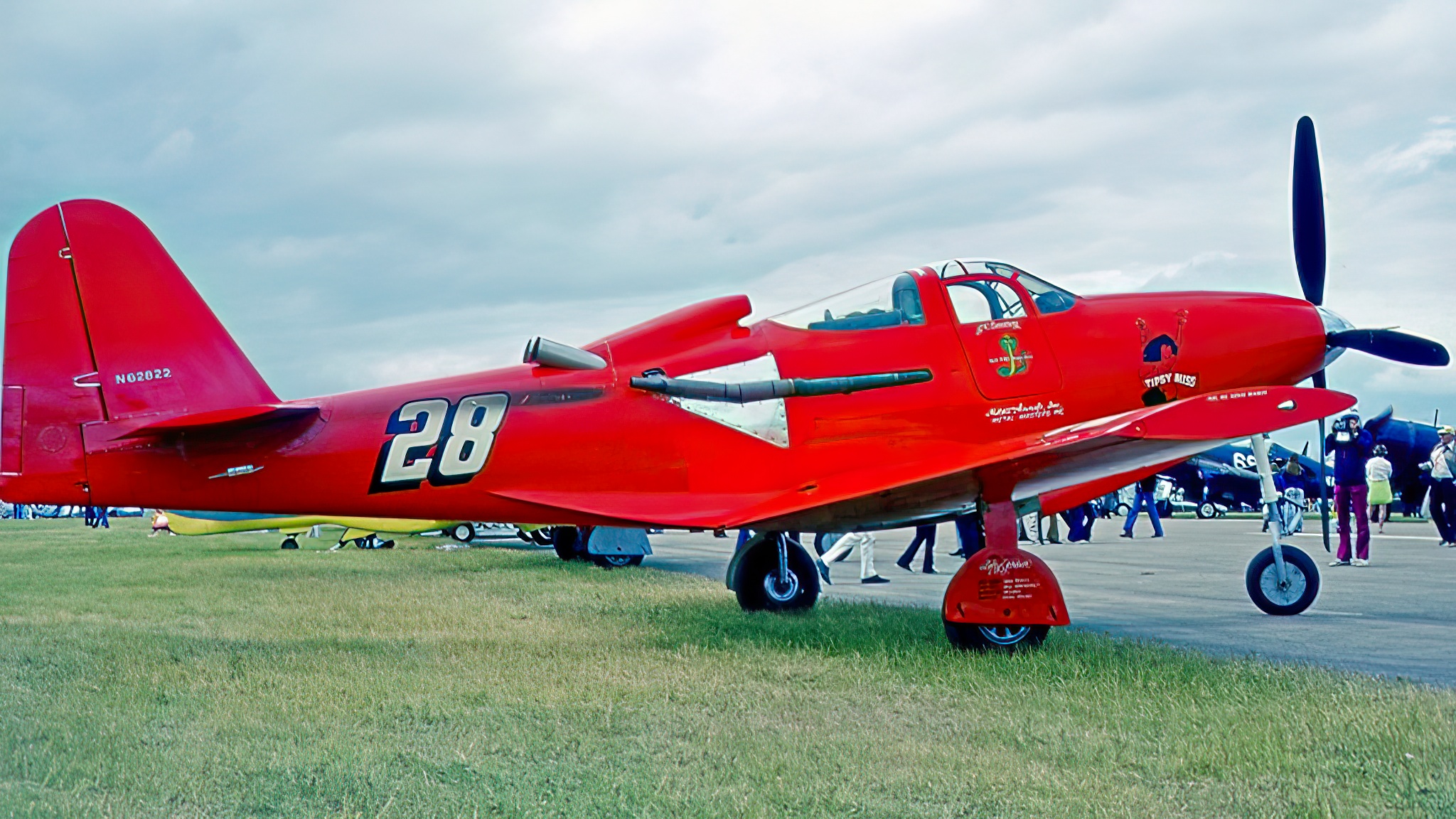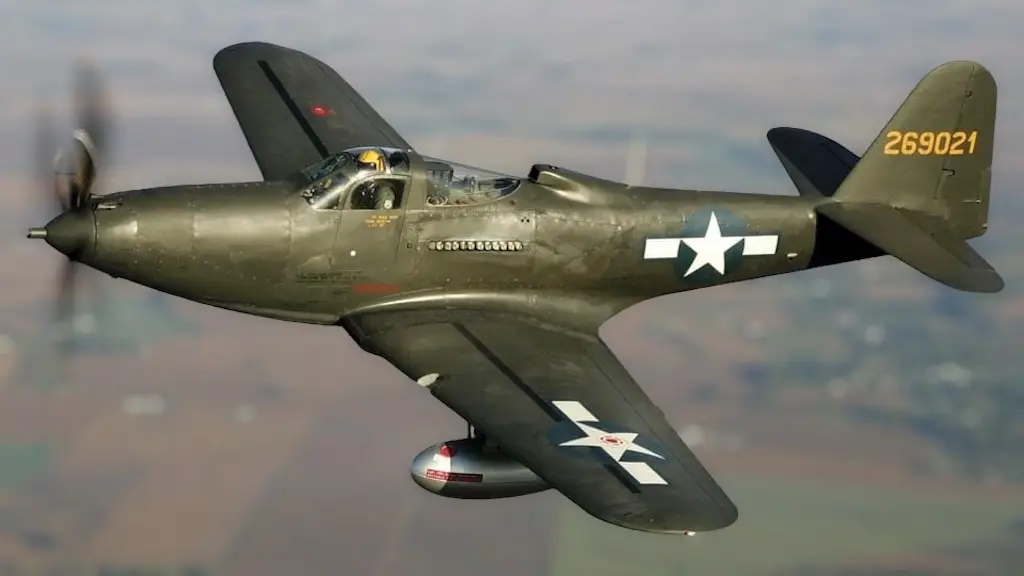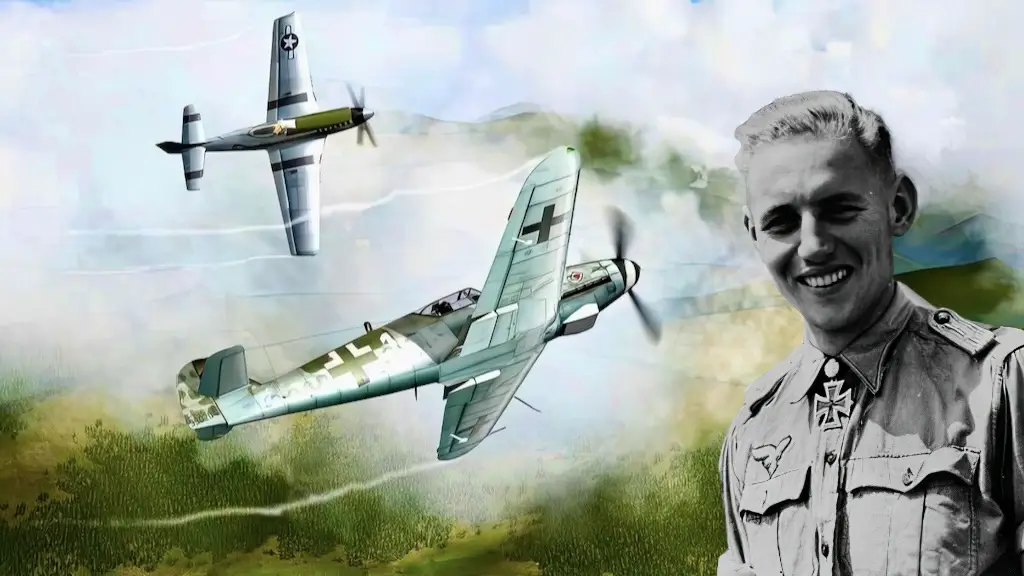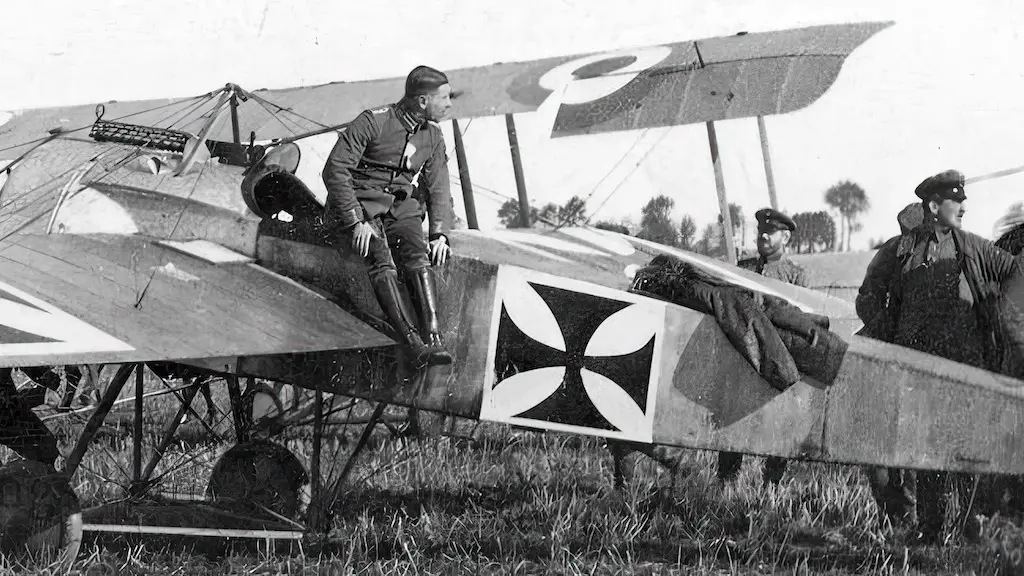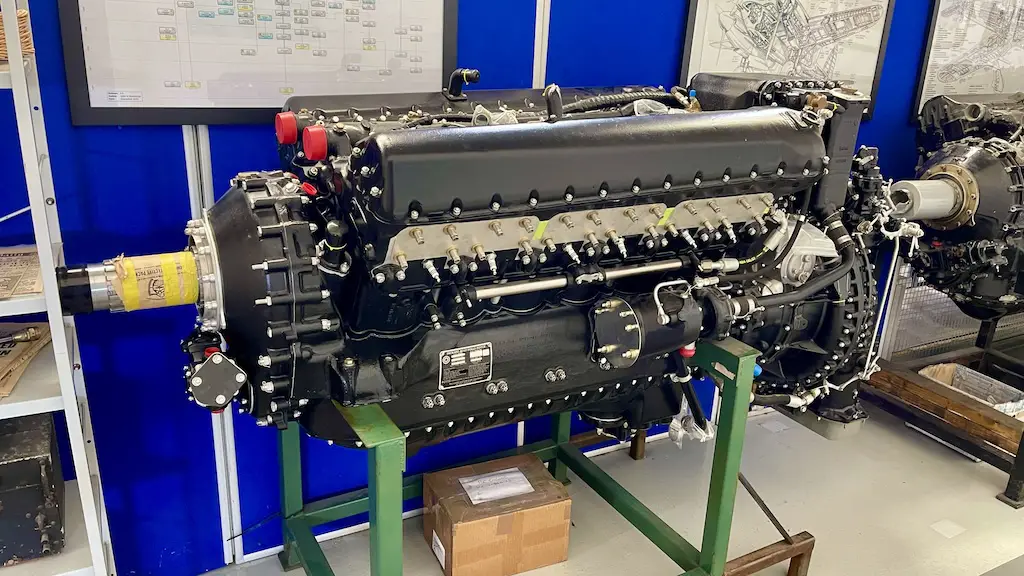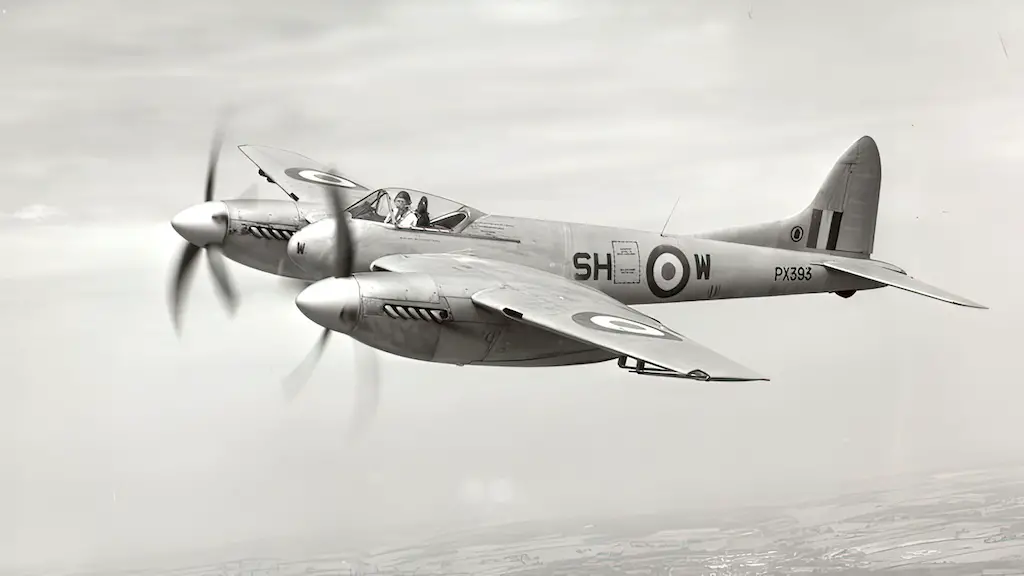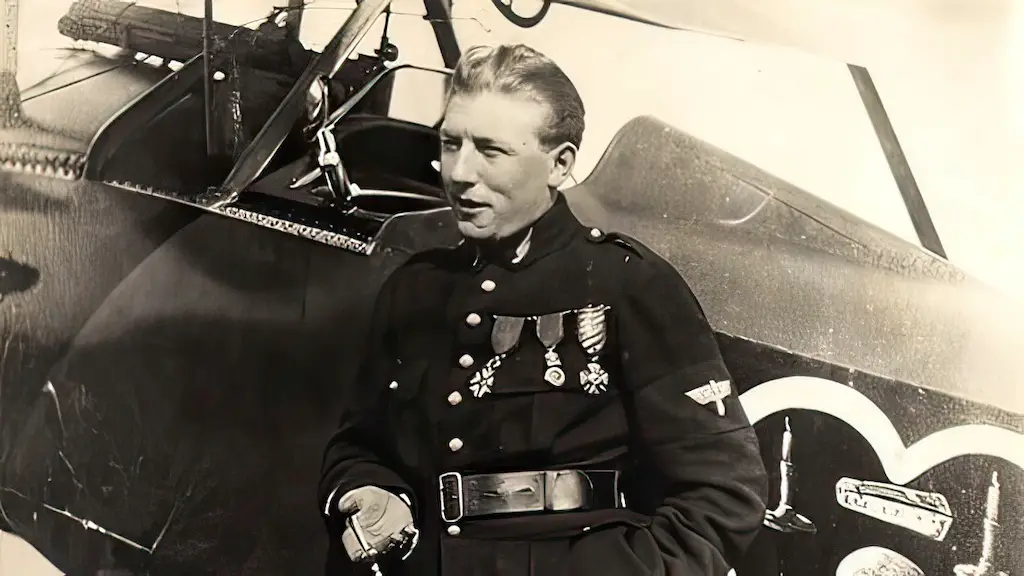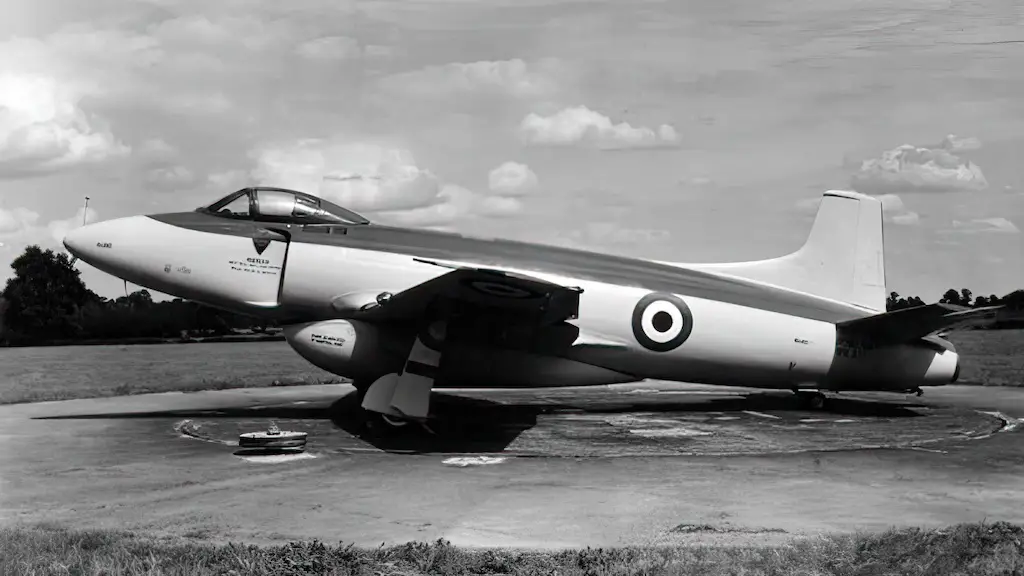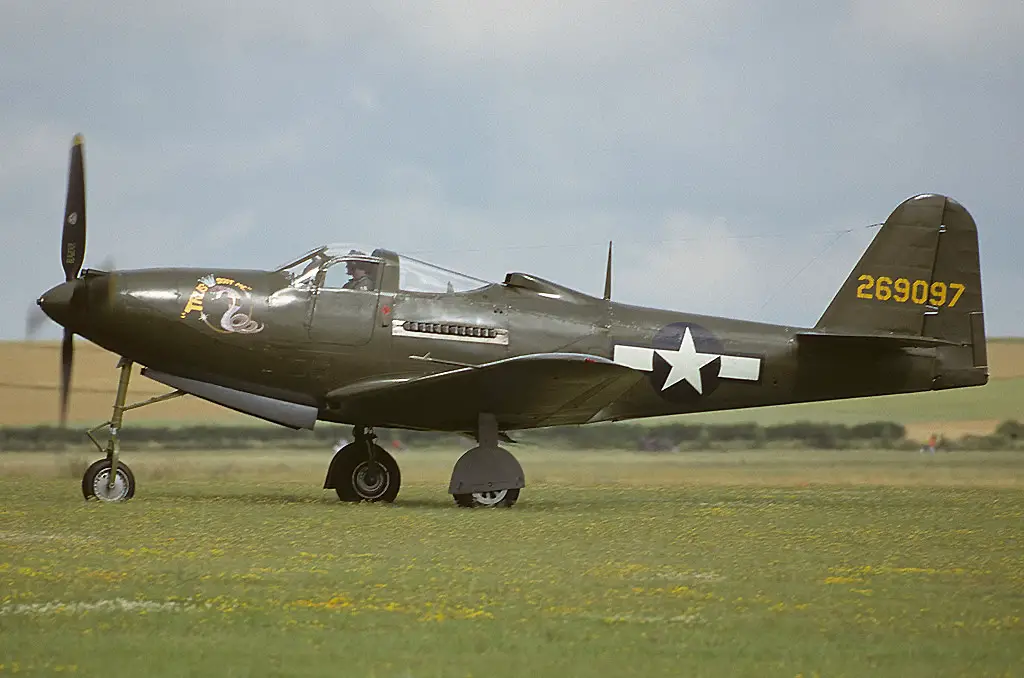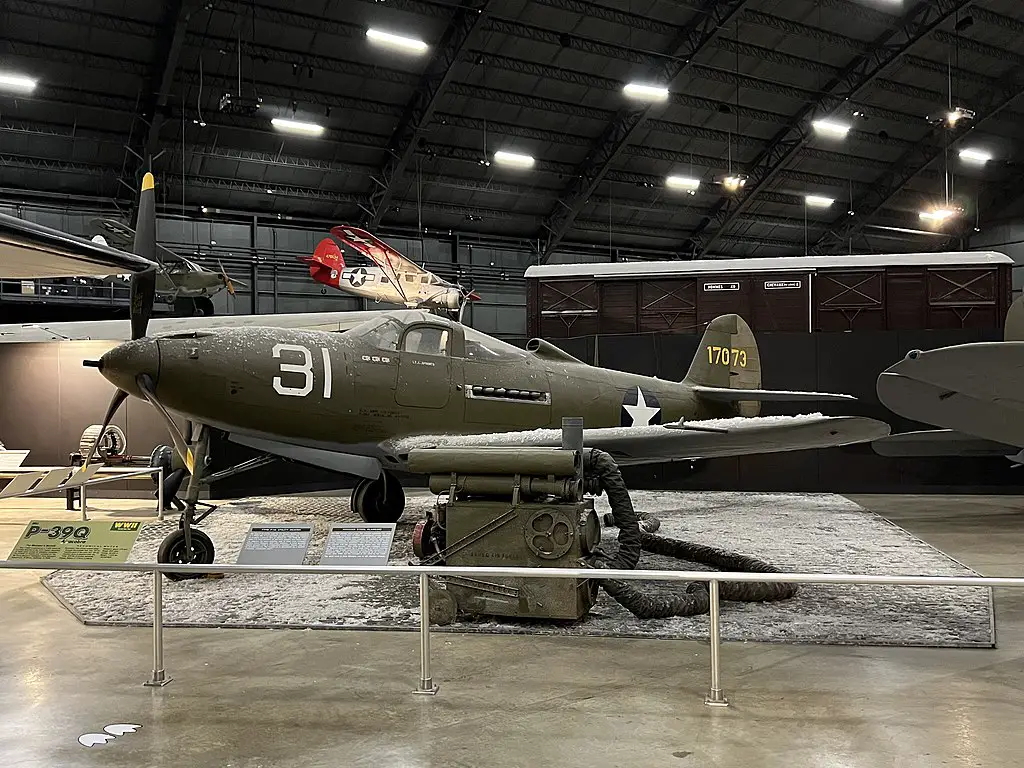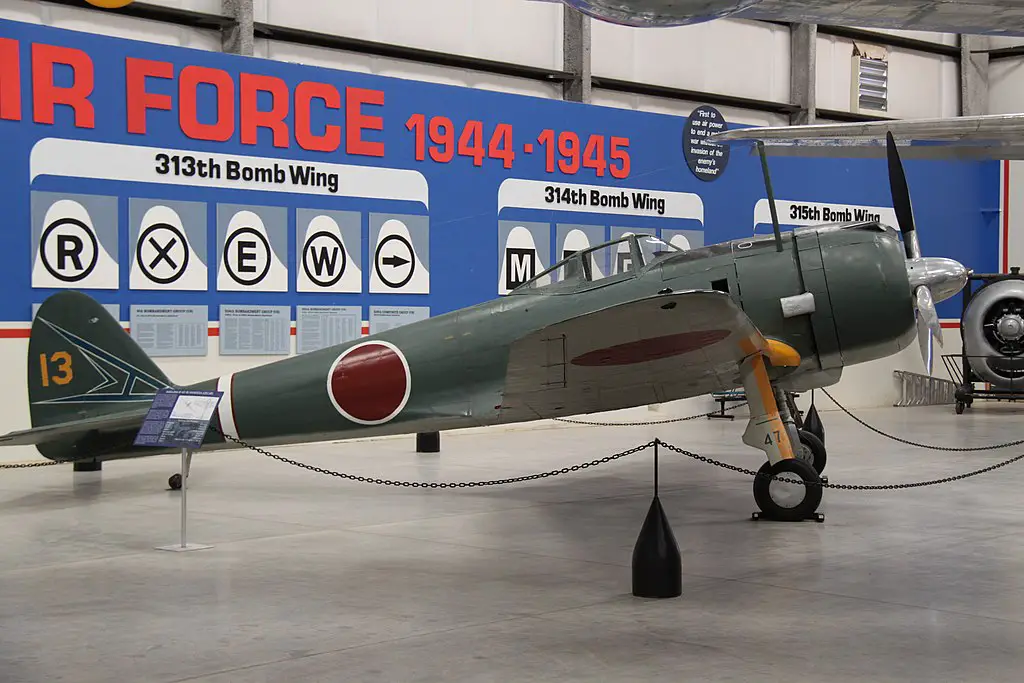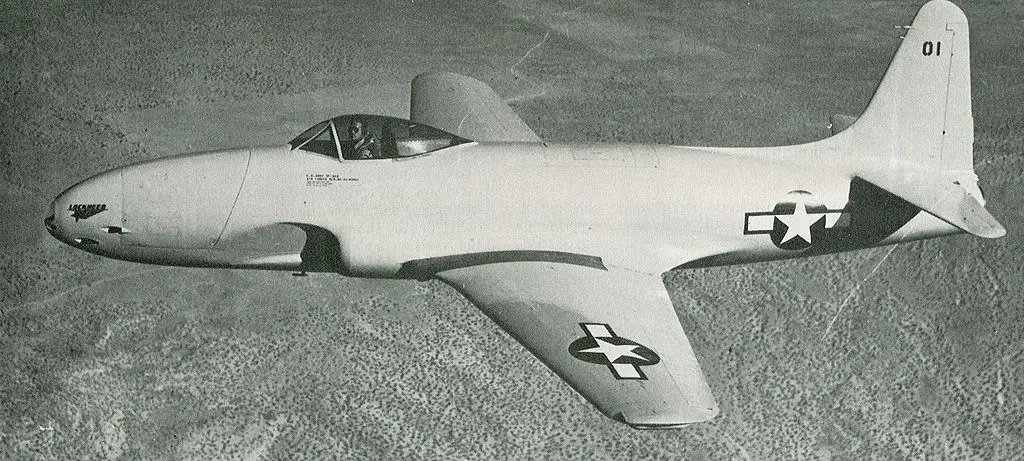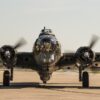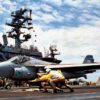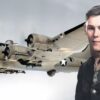The production run of Bell P-63 Kingcobra during WWII totaled over 3,300 aircraft—a serious, although not a record breaking number. However, few of these planes ever entered service with the USAAF, and even those that did were employed in non-combat roles. The majority of Kingcobras ended up in the hands of Soviet and French pilots flying missions on the Eastern Front, over Manchuria, Korea, Algeria, and Indochina. In a weird quirk of fate, some Kingcobras were still equipping Soviet squadrons, when Cold War tensions between the United States and the USSR reached dangerous heights during the Korean War.
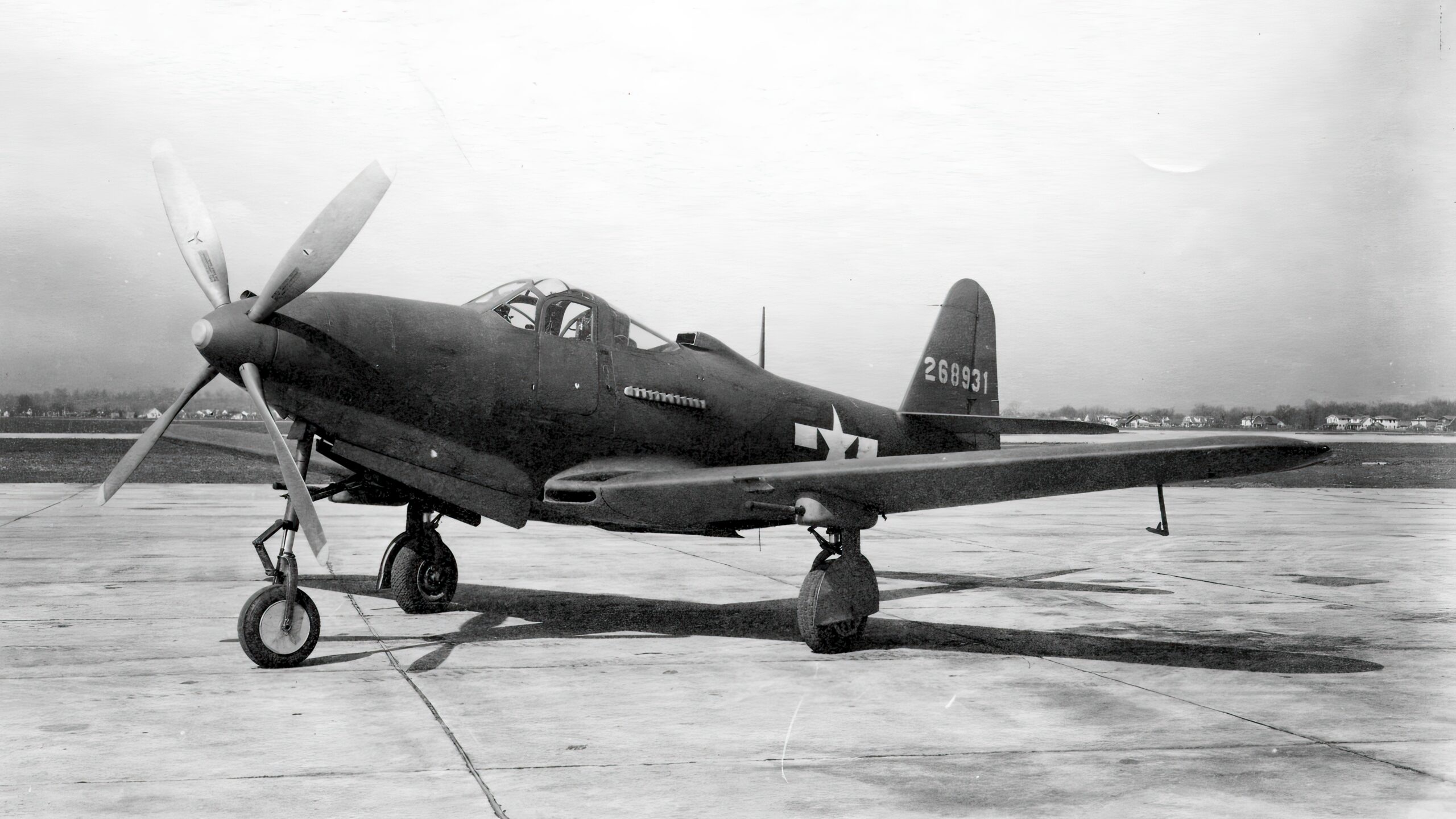
Lessons learnt
The P-63 was, essentially, a further development of the P-39 Airacobra design: Bell analyzed the pilots’ feedback and made improvements to the P-39. The new aircraft featured a laminar-flow wing, a new tail unit, and a second remotely mounted hydraulic supercharger as a supplement for the single-stage supercharged Allison V-1710 engine. A larger four-bladed propeller replaced the P-39’s three-bladed one. The Kingcobra was also larger and heavier than its predecessor.
At the same time, the aircraft retained all the key features of the Airacobra, such as tricycle landing gear, engine mounted behind the pilot, a car-type cockpit door, and armament consisting of a 1.5in cannon firing through the propeller hub and four 0.50in machine guns. The Kingcobra performed its maiden flight in December 1942, and the deliveries of the production aircraft got going in October 1943.
Kingcobras disguised as Airacobras
Despite all the improvements, the USAAF still didn’t find the new Cobra good enough. So, while a small number of P-63s were left in the US for test and training purposes, the majority of the aircraft—something like 2,500—were delivered to the Soviet Union under the Lend-Lease Act. However, unlike the P-39s, they were delivered on a condition that the USSR would keep them for its future war effort against Japan following the defeat of Germany.
The Soviets paid a lip service to the agreement, and judging by their official records of the time, no P-63s were fighting in the European part of the country. However, accounts of various German pilots, as well as later Soviet memoirs, indicate that in reality quite a few Kingcobras were actually engaged in aerial battles against the Luftwaffe, disguised on paper as Airacobras.
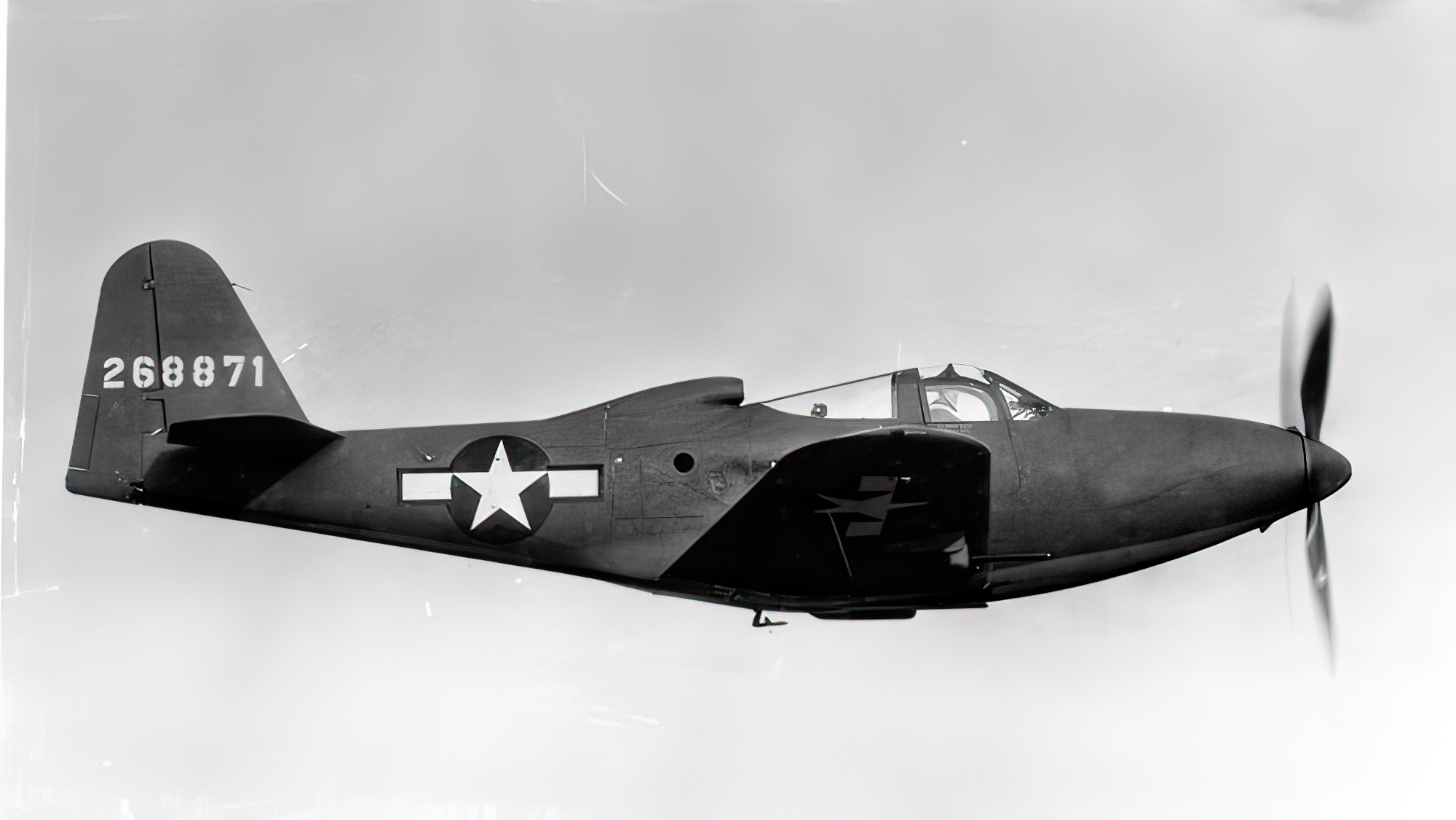
Over Manchuria and Korea
When the USSR finally declared war on Japan in August 1945, the P-63s went into battle officially. They took to the skies of Manchuria and northern Korea, flying escort and ground-attack missions. The Japanese air force had been decimated by the lengthy war in the Pacific and did not put up much resistance.
Hence, there is only one known case of a dogfight between a Kingcobra and Japanese aircraft. On August 15, a pair of Soviet pilots engaged two Japanese fighters harassing Soviet transports. In the ensuing dogfight a P-63 pilot shot down one of the Japanese fighters, presumably a Nakajima Ki-43 Hayabusa, another Japanese plane managed to get away.
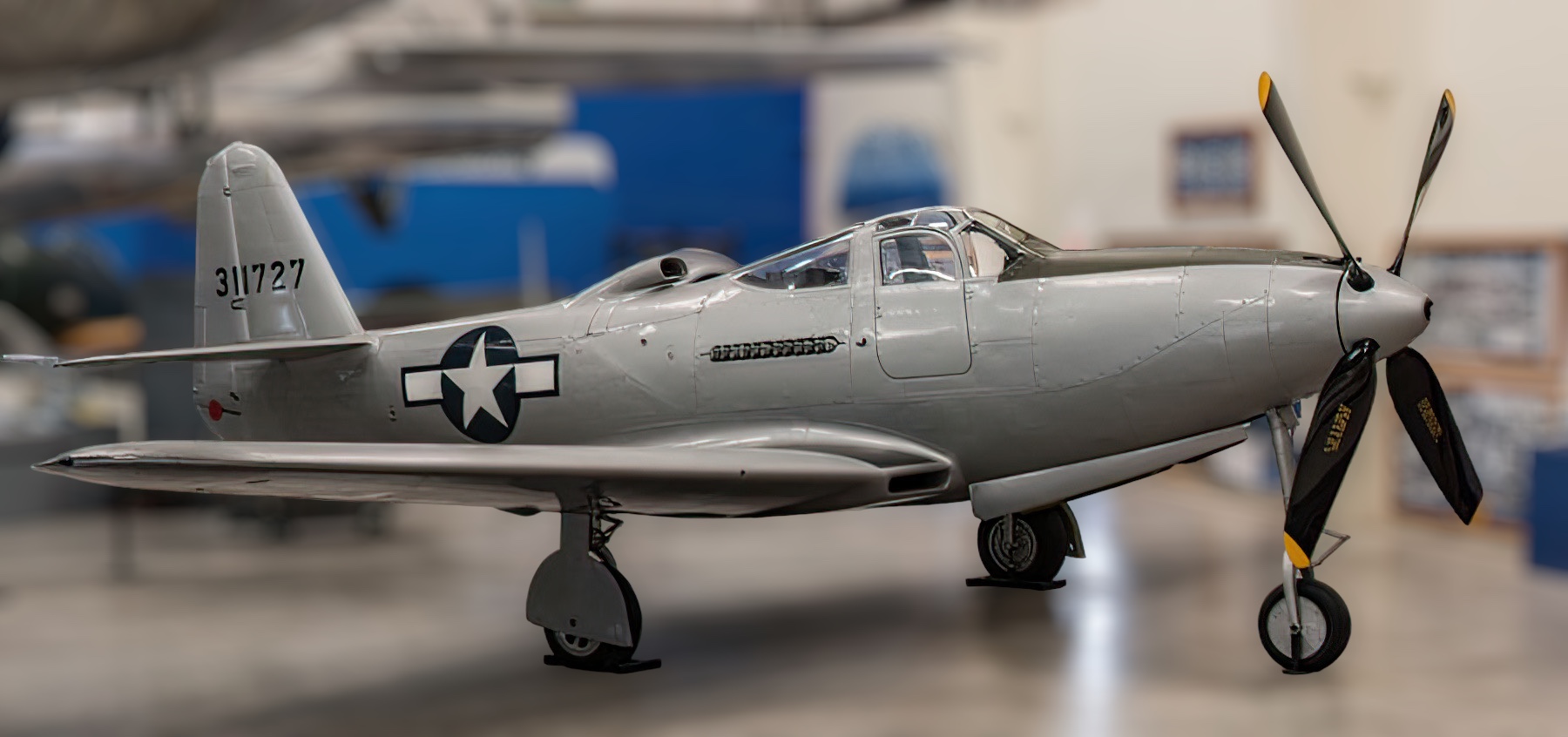
In the Cold War
After the WWII ended, the USSR kept all the Kingcobras it received from the US, which made up a substantial part of its fighter fleet. Hundreds of these aircraft were then stationed across the whole country, as well as in Soviet occupation zones in Germany and Austria. They also played a part in pilots’ retraining for jet aircraft, because unlike all Soviet piston-engine fighters, Cobras featured a tricycle landing gear similar to that of new jet designs.
Kingcobras remained in the Soviet operational service well into the early 1950s. By then the USSR and the US had long been in the Cold War, further aggravated by the conflict in Korea. And although P-63s under Soviet flag probably never faced US aircraft in a dogfight, there were reports of an isolated incident when a couple of US P-80 Shooting Stars strafed Soviet P-63s parked at the Sukhaya Rechka airfield south-west of Vladivostok.
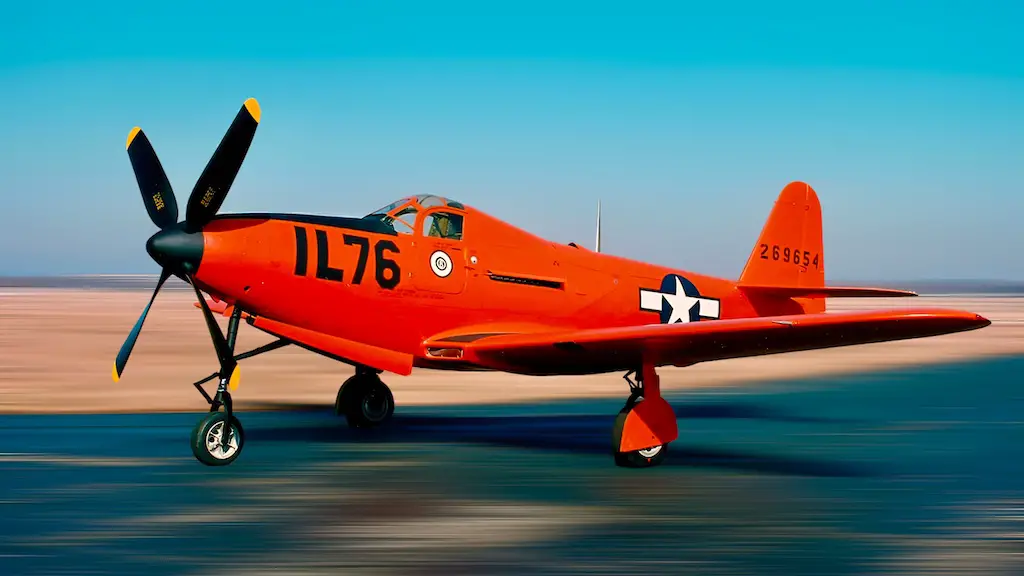
In the French service
At least 300 Kingcobras were delivered to the Free French forces. However, they saw little or no action during WWII. After the war they were stationed in Algeria and then redeployed to Indochina in 1949, where the French were increasingly involved in a bitter conflict against the Viet Minh forces in northern Vietnam. There the P-63 was used primarily in the ground attack role, dropping bombs and napalm. Some 30 aircraft were lost to the enemy action and in accidents. Soon after the US started supplying the French forces in Indochina with more advanced aircraft, Kingcobras were removed from frontline service, with last combat missions flown in April 1951.
